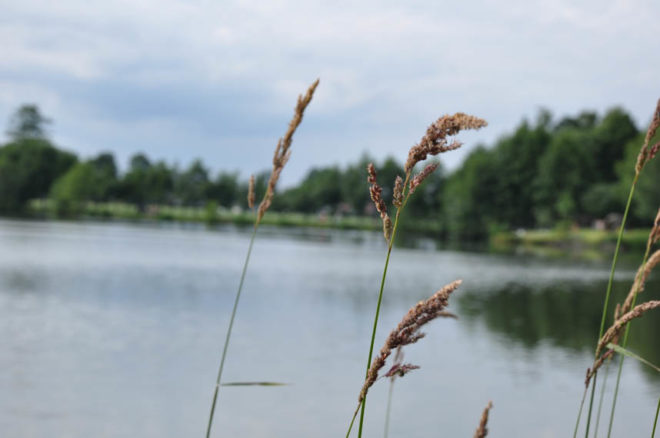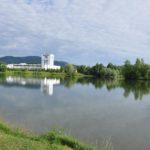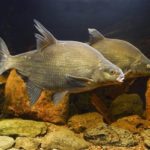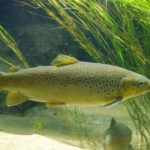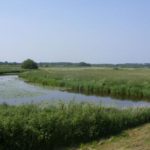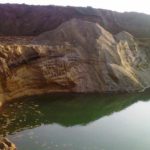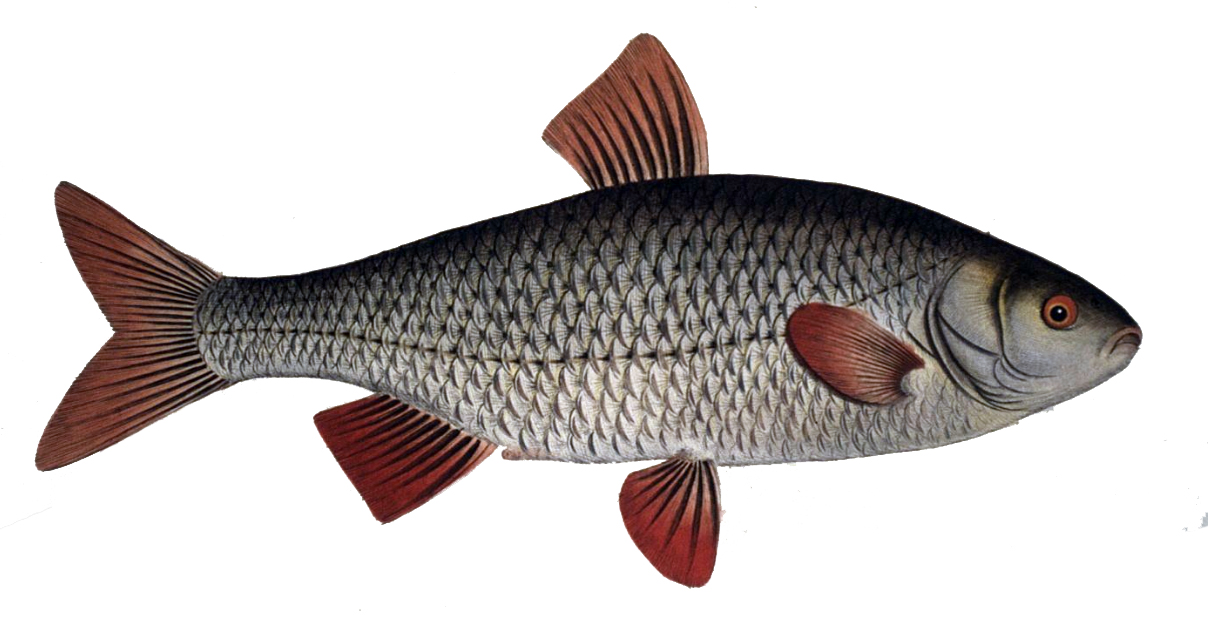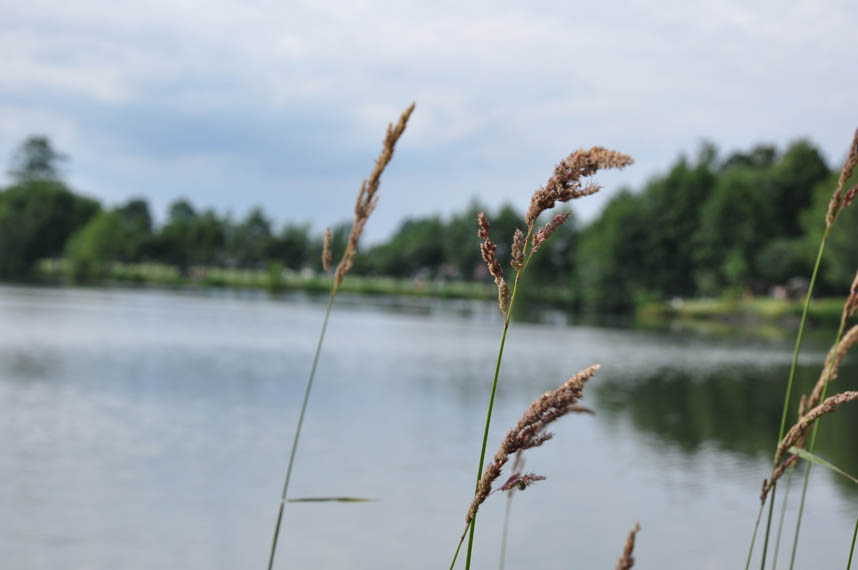 W przepisach prawa wodnego w dziale dotyczącym amatorskiego połowu ryb spotykamy określenie: wody otwarte. Zaliczamy do nich, z wyjątkiem stawów hodowlanych i wód gospodarki rybackiej, wszystkie typy wód bez względu na to czy są naturalne, czy też powstały w wyniku działalności człowieka. (W Polsce obowiązują nieco inne ustalenia prawne: warunki amatorskiego połowu ryb w powierzchniowych wodach śródlądowych reguluje ustawa z 18 IV 1985 r. o rybactwie śródlądowym). Biorąc pod uwagę ich podstawowe właściwości hydrologiczne wody otwarte dzielimy na:
W przepisach prawa wodnego w dziale dotyczącym amatorskiego połowu ryb spotykamy określenie: wody otwarte. Zaliczamy do nich, z wyjątkiem stawów hodowlanych i wód gospodarki rybackiej, wszystkie typy wód bez względu na to czy są naturalne, czy też powstały w wyniku działalności człowieka. (W Polsce obowiązują nieco inne ustalenia prawne: warunki amatorskiego połowu ryb w powierzchniowych wodach śródlądowych reguluje ustawa z 18 IV 1985 r. o rybactwie śródlądowym). Biorąc pod uwagę ich podstawowe właściwości hydrologiczne wody otwarte dzielimy na:
– wody płynące (cieki);
– wody stojące.
Podstawowa charakterystyka wód płynących
Warunki życia ryb w wodach płynących są wypadkową całego zbioru czynników charakteryzujących dany ciek: stosunków spadku i przepływu, uformowania łożyska, ukształtowania brzegów, pionowego i poziomego ukształtowania koryta, charakteru i układu dna, warunków klimatycznych, fizycznych i chemicznych właściwości wody, typu wegetacji wodnej i przybrzeżnej itd. Znaczne różnice między poszczególnymi sektorami cieków stwarzają konieczność klasyfikowania tych wód według odcinków typowych, odznaczających się wyraźnym i specyficznym układem rybiej społeczności, przy równoczesnym uwzględnieniu wymogów gospodarki wodnej.(W praktyce wędkarskiej stosuje się z powodzeniem podział cieków według tzw. rybich krain (autorem tego podziału w Polsce jest prof. F. Staff). Punktem wyjścia jest określenie charakterystycznych cech danego środowiska oraz tych cech ryb, dzięki którym konkretne ich gatunki posiadają obiektywne predyspozycje do zasiedlania właśnie tego typu środowiska. Według powyższych kryteriów można wśród wód płynących wydzielić cztery podstawowe, do pewnego stopnia suwerenne, krainy: krainę pstrąga, krainę lipienia, krainę brzany i krainę leszcza. Istota danej krainy nie musi oczywiście sprowadzać się do występowania tego gatunku ryb, od którego wzięła nazwę. Idealna sytuacja ma miejsce wtedy, gdy krainę znamionują oba podstawowe wyznaczniki, tj. gdy jej charakter koresponduje z przeważającym składnikiem rybostanu. Często zdarza się, że typ rybostanu tylko częściowo zgadza się z charakterem krainy, czasami nawet takiej zgodności nie ma. Stosunkowo często takie przypadki mają miejsce w krainie pstrąga, z której „tytułowego”pstrąga mimo właściwych dla niego warunków wyparły inne gatunki, mniej typowe dla środowiska o tym charakterze. Czasami tak samo dzieje się z lipieniem – w niektórych dorzeczach są odcinki spełniające obiektywnie warunki jego krainy, lecz lipień w nich nie występuje. Poszczególne krainy powinny w sposób naturalny do siebie przylegać, jednak granice między nimi są przeważnie nieostre, a przejścia, jednej w drugą, stopniowe.
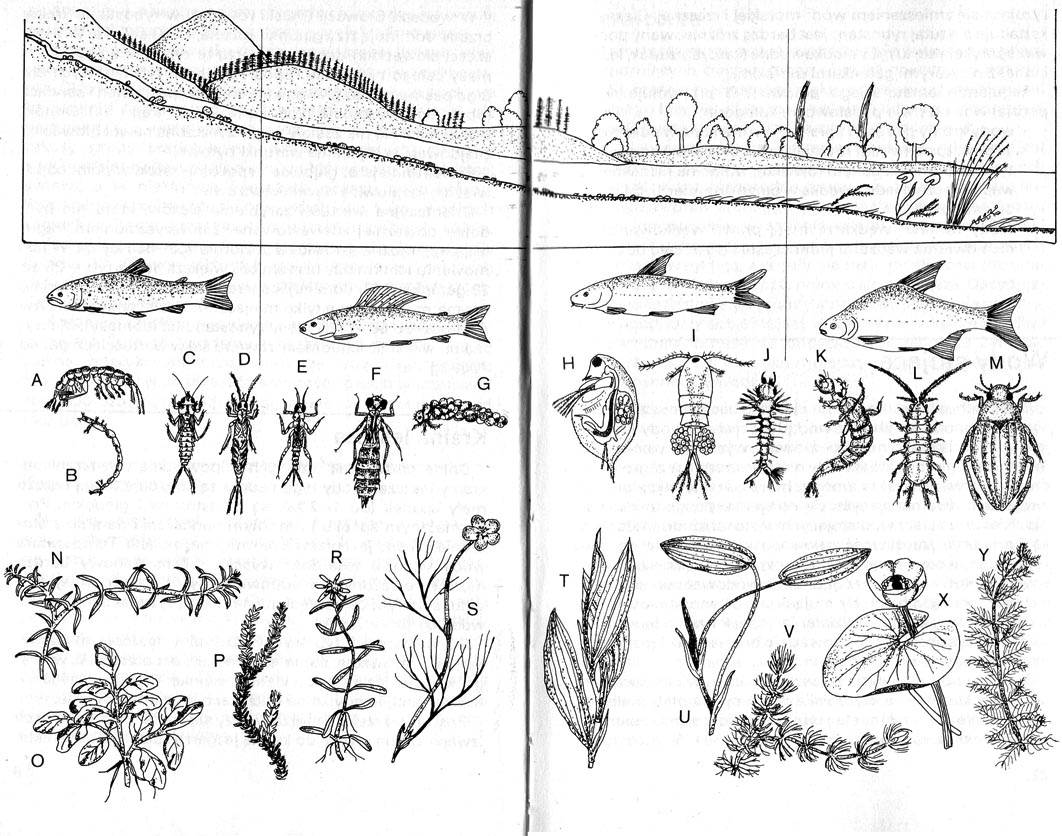 Schemat podziału cieku na cztery podstawowe rybie krainy (krainę pstrąga, lipienia, brzany, leszcza). Organizmy zwierzęce i roślinne typowe dla tych krain:
Schemat podziału cieku na cztery podstawowe rybie krainy (krainę pstrąga, lipienia, brzany, leszcza). Organizmy zwierzęce i roślinne typowe dla tych krain:
A – kiełż zdrojowy (Gammaruspulex),
B – larwa ochotki (Chironomus spec.).
C – larwa szczętnicy (Chloroperla spec.),
D — larwa jętki pospolitej (Ephemera vulgata),
E —larwa świtezianki błyszczącej (Calopteryxsplen-dens),
F — larwa żagnicy – (Aeschna),
G – larwa chruścika (Trichoptera),
H – rozwielitka (Daphnia),
I — oczlik(Cyclops),
J – larwa komara brzęczącego (Culex pipiens),
K – larwa pływaka żółto brzeżka (Dytiscus marginalis),
L —ośliczka pospolita (Asellusaqua-ticus),
M -kałużnica (Hydrouspiceus),
N – moczarka kanadyjska (Elodea canadensis),
O — rukiew wodna (Nastartium offici-nale),
P — mech zdrojek (Fontinalis antipyretica),
R – rzęśl błotna (Callitriche palus-tris),
S – jaskier (Ranun-culusfluitans),
T — rdestnica połyskująca (Potamoge-ton lucens),
U – rdestnica pływająca (Potamoge-ton natans),
V — rogatek sztywny (Ceratophylłum demersum),
X -grążel żółty (Nuphar luteum),
Y — wywłócznik (Myriophyllum spec.)
W tych wypadkach należałoby mówić o krainach mieszanych, przejściowych (często np. w krainach pstrąga czy brzany występuje także lipień). W większych ciekach można wydzielić kilka krain, czasami wszystkie, na ciekach mniejszych zaobserwujemy natomiast tylko jedną czy dwie. Dość powszechnie mamy do czynienia z przypadkami, kiedy kraina pstrąga wprost graniczy z pasmem brzany, bez pośredniczącej między nimi krainy lipienia.
W sposób specyficzny, odbiegający od naturalnych zasad, formują się rybie krainy cieków, na których postawiono większych rozmiarów budowle hydrotechniczne, w szczególności zbiorniki; czasami nieprawidłowości są efektem uregulowania cieku.
Najbardziej odczuwalne zmiany zachodzą w wyniku budowy zbiorników zaporowych na rzekach podgórskich, przy czym oddziaływania są dwukierunkowe: w górę cieku i w dół.
W pierwszym wypadku utworzenie zbiornika może istotnie zmienić górne partie cieku, a pierwotna kraina pstrąga może stać się krainą lipienia, a nawet – w skrajnych przypadkach – krainą brzany. Patrząc na to zjawisko pod kątem jakościowego składu rybostanu trzeba uznać je za negatywne, niekiedy tylko równoważone zwiększeniem się ilości ryb. Natomiast zmiany dokonujące się w dół cieku mogą być pozytywne, ponieważ przynoszą ogólną poprawę warunków hodowlanych – wpływają bezpośrednio na znaczne polepszenie się jakości wody (korzystna dla ryb zmiana jej właściwości fizycznych i chemicznych). Stopień pożądanego wpływu jest jednak zależny od sposobu użytkowania i od reżimu hydrologicznego cieku, czyli praktycznie od wielkości przepływu. Przy okresowym użytkowaniu zbiornika (spuszczaniu wody) polepszenie jakości wody niewiele daje, bowiem efekt jest marnowany przez bardzo zróżnicowaną wielkość przepływu. W przypadkach ekstremalnych wahań przepływu wartość hodowlana cieku jest bardzo zmienna, niekiedy może być minimalna.
Regulacje cieków, które sprowadzają się do bezwzględnego prostowania koryta i przekształcania go w wybetonowany czy wybrukowany kamieniami kanał oznaczają w praktyce dotkliwe (np. w Słowacji dotknęło to rzekę Nitrę, której kraina pstrąga zamieniła się w krainę lipienia), a czasami całkowite zniszczenie gospodarczej wartości cieku.
